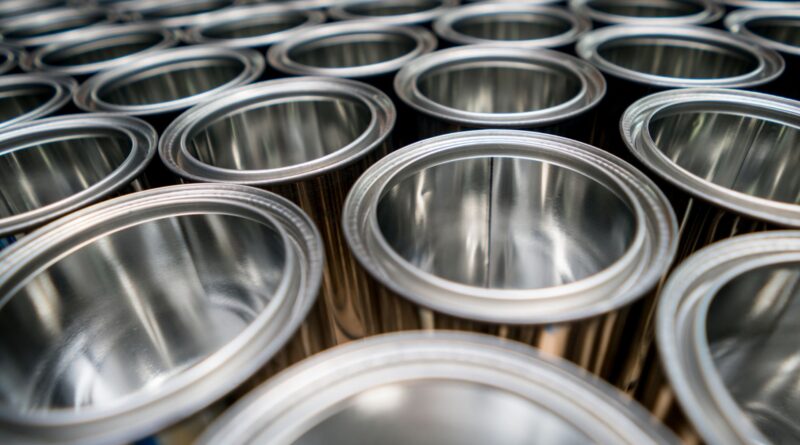TIN: The critical role of e-waste recycling
E-waste is an escalating global issue, driven by rapid technological advancements and high turnover of electronic devices. Due to tin’s use in a wide range of electronic devices and its resistance to corrosion, it also represents a growing feedstock for secondary tin production and substantial potential resource.
The Global E-waste Monitor found that by 2022, the world had generated 62 million tonnes of e-waste, much of which is sent to landfill or is disposed of improperly. This waste contains valuable metals, including tin, crucial for the production of green energy technologies such as solar cells, batteries, and hydrogen fuel cells.
However, it is also a significant environmental hazard. Improper disposal methods, particularly in developing countries where much e-waste is shipped, may result in soil and water contamination with lead, mercury, and cadmium, posing severe health risks to local communities. Crude recycling techniques, such as open burning, exacerbate the problem by releasing harmful chemicals into the atmosphere.
There has been progress in policy for improved regulation for e-waste to manage collection, recycling, and proper disposal. Extended Producer Responsibility (EPR) legislation introduces a responsibility of manufacturers for the end-of-life management of their products which incentivises both improved recycling and reduced planned obsolescence.
Education and increased awareness about the importance of proper e-waste disposal and recycling is also necessary to drive community participation and support for recycling programs.
In recent years, advanced recycling methods have proven effective in recovering tin from discarded electronics. Bioleaching and the use of green solvents like oxalic acid offer environmentally friendly alternatives to traditional recycling techniques. Additionally, wooden-based circuit boards or other biodegradable circuit boards are being designed to increase the recyclability of PCBs.
By focusing on the recovery of valuable metals like tin, industry participants can both mitigate the environmental impact of electronic waste, and support the transition to green technologies with increased circularity in the tin supply chain.
ITA continues to track developments in e-waste technology and looks forward to seeing progress in effective e-waste management practices to secure a healthier and more sustainable future. With an anticipated stalling of growth of mined tin supply in coming years, extracting tin from e-waste represents a significant opportunity for secondary tin production to increase to meet demand.




